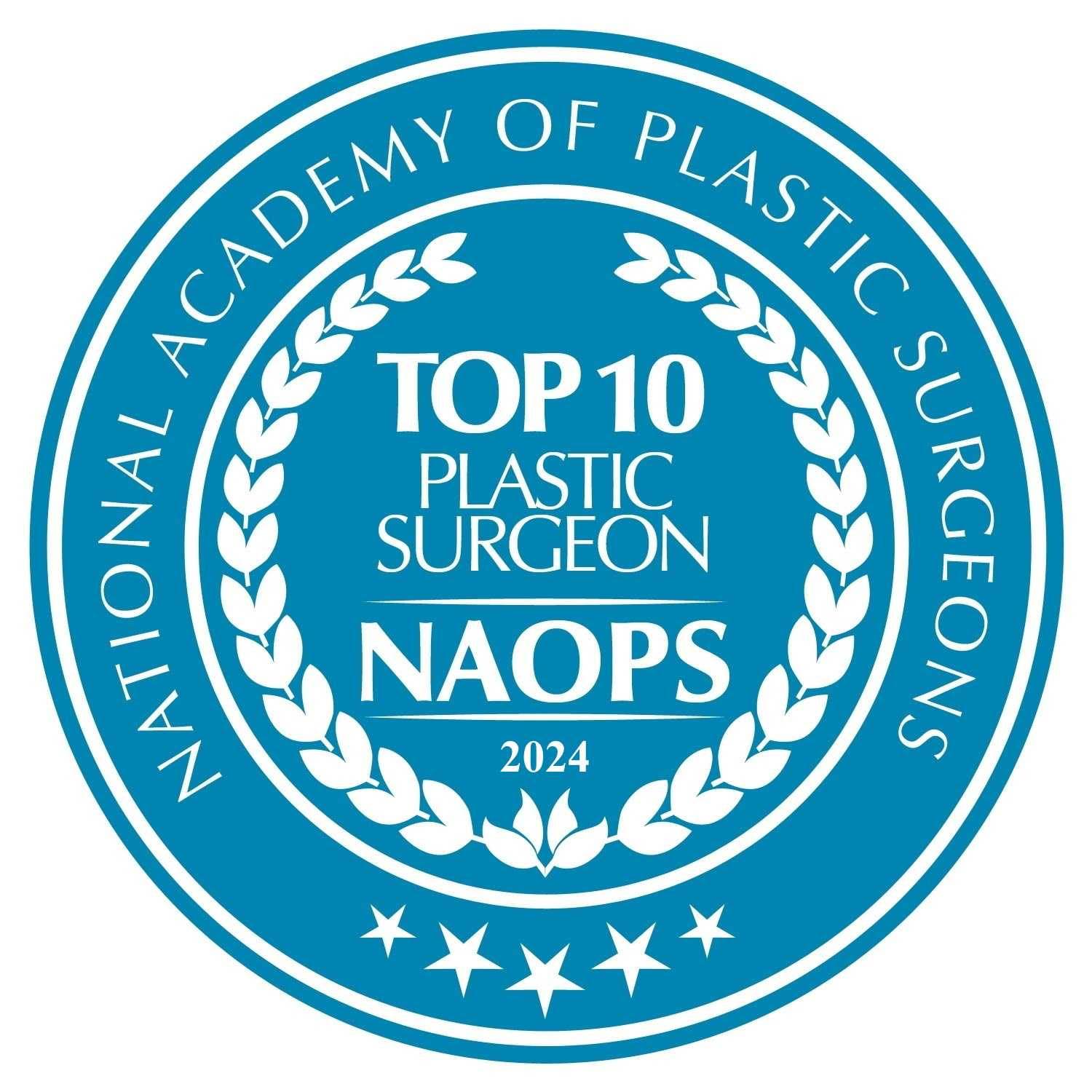Laser Surgery
Over the last decade, laser technology has completely transformed certain areas of plastic surgery. Individuals are attracted to laser surgery because of the surgeons’ ability to remove any imperfections without any bleeding, scarring, or bruising.

Considering Laser Surgery?
If you are considering laser surgery, it is important to know that there are several options available, and even more still under development. Not all lasers are alike, so finding a doctor with experience in and access to various laser techniques is crucial. Some types of laser techniques are:
Pulsed-Dye Laser
This laser is one of the most popular options for surgery on children with port wine stains. This laser uses a yellow pulsed-dye that works as an active medium. The pulsing beam is absorbed by hemoglobin, giving the blood a red color, then it destroys abnormal blood vessels while lightening these birthmarks until they are barely noticeable. This form of laser surgery leaves minimal scarring, making it ideal for larger skin surfaces.
Q-Switch Ruby, YAG, or Alexandrite
The Q-Switch Ruby, Q-Switch YAG, and the Alexandrite are all considered part of the “pigment blasting” laser family. These lasers are effective in removing pigmented lesions and brown age spots. Additionally, they are often used in tattoo removals as they work to eliminate black and blue pigments in tattoos. It is important to note that some tattoo removal can be considered reconstructive surgery. If the tattoo is a “traumatic tattoo”, which happens when material particles are forced under the skin through an explosion, collision or another type of accident, the process is considered a reconstructive surgery. If the tattoo is decorative and you no longer want it, the removal process is considered to be cosmetic.
Carbon Dioxide
This laser is commonly referred to as the “workhorse” of all lasers and is often used to remove various types of skin growths and warts. This laser contains an invisible light that is absorbed by water. Water is the primary component of human skin, enabling the laser to cut tissue and seal blood vessels at the same time when focused. If the laser is not focused, it vaporizes.
YAG Laser
Individuals who have skin growths that contain a heavy concentration of blood vessels often receive this type of surgery. The YAG laser is extremely effective as it delivers a highly focused energy that mimics a scalpel when the tip is placed under the skin.
Argon Laser
This laser is similar to the yellow pulsed-dye laser, except it emits a blue-green light that blood absorbs. This type of surgery is often used to remove “spider” blood vessels on the face, bulky vascular tumors, blood blisters, and “strawberry” birthmarks. This copper vapor last is one of the newest techniques used, which is used to treat red or brown pigmented areas of the skin by emitting a yellow-toned light.
No matter which type of laser surgery you have, the number of treatments needed will depending greatly on the severity and size of the birthmark or skin defect. Large birthmarks can take up to ten treatments for results while small spider veins may be removed in as few as one treatment session.
Although lasers have numerous valuable uses, they should not be considered a magical solution for improving all surgical results. The scalpel is still believed to be the best instrument of choice for most types of traditional or plastic surgery procedures.
Contact Leonard Plastic Surgery
Leonard Plastic Surgery
Water Place │ 500 Liberty Street S.E., Suite 400 │ Salem, OR 97301
(503) 391-2760 │leonardplasticsurgery@gmail.com





